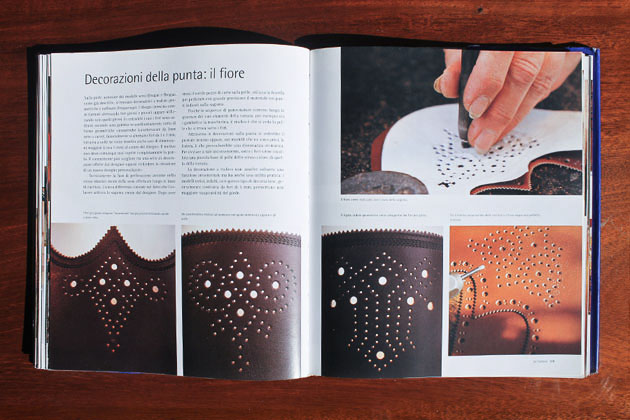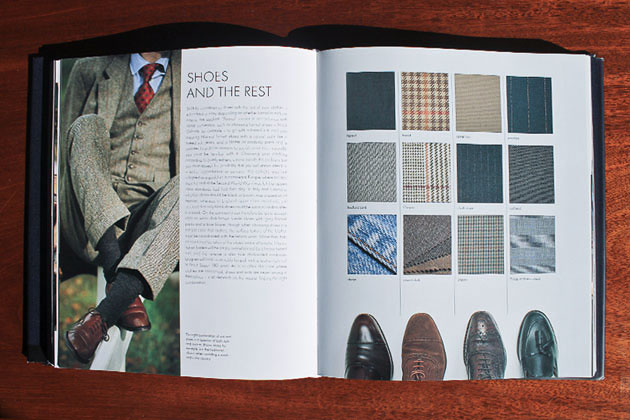The Classic Affair
If you would ask someone to sum up in a single word his way of dressing, most likely he would never say “Classic”. Nevertheless, despite the foolish prejudices of ordinary hipsters and bungled fashion victims, in the end it’s always the Old School Style to influence customs and behaviors, especially in terms of male aesthetics. During the last five years there’s been a considerable return to the formal male elegance.
Jackets, vests, double-breasted suits, trousers with front pleats, button-down shirts and worth braces: a twister of shapes and colors in which shoes – especially dominated by the British style – remain a good safe haven to which fall back if lost in the vast sea of styling proposals. Good rule says every gentleman has to own at least two pairs of shoes, classic and high bill, to be alternated during the week, and one more casual pair, for weekends and less formal occasions.
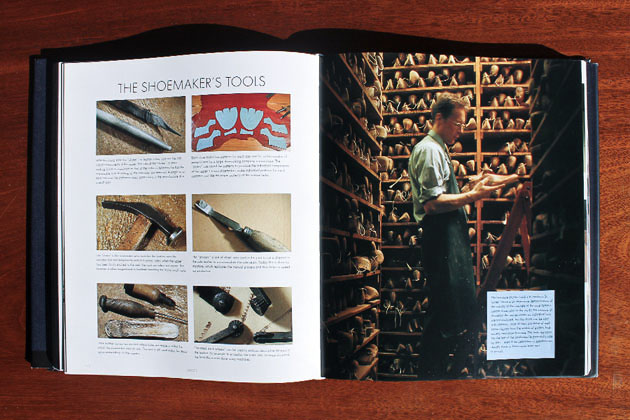
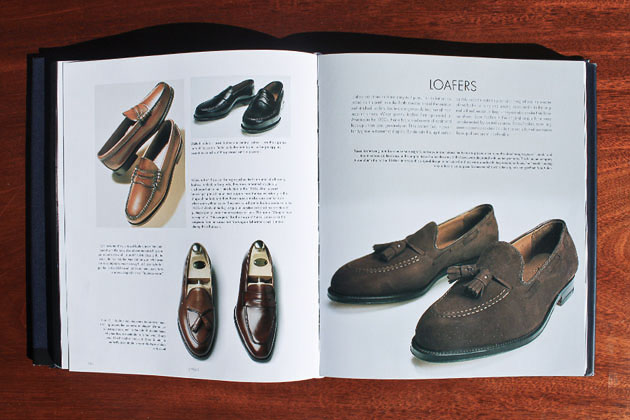
Church’s, Alden, Tricker’s, Allen-Edmonds, Crockett & Jones, Ludwig Reiter, Cheaney and few, strictly few, other houses have transformed an ancient craft into a fine art. Secrets of artisan families are interwoven with those of royal dynasties and famous names that have shaped the history of cinema, fashion, art and science.
It all starts with the custom-made shoe: not only a garment for a very small clientele, but a symbol of power and absolute elegance. A choice linked to the need for individual comfort and beauty, pitted by long processing times. Material testing, color choices and interminable waiting lists become a certain type of a rite. But times change, and the ability to devote full days, resources and production costs to a single customer gradually disappears. Market moves quickly, and to meet the growing demand for tailored pieces, the big manufacturers alter their production by defining sizes, shapes and standard color palettes that the customers would have to comply with.
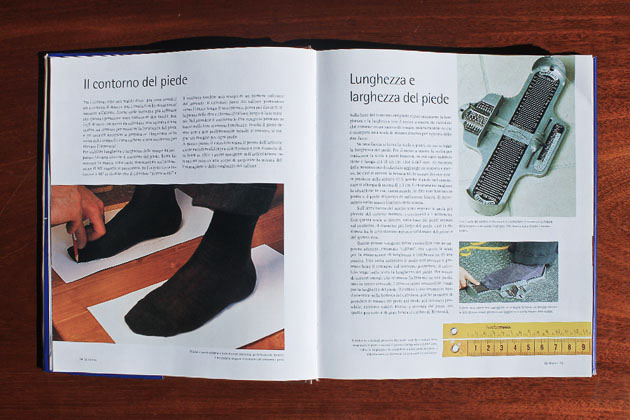
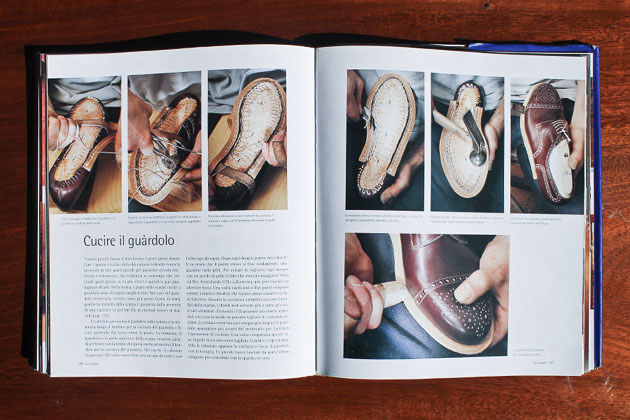
The leathers used for the inner sole are only vegetal tanned hides, and calfskin is always the standard material adopted to clothe the skeleton. Customers can personalize their own dream shoes with the help of a talented shoemaker. You can find a famous example of it at Number 9 St. James’s Street in London, home of one of the most popular custom shoemaker in the world, John Lobb. There, the Master Last-Maker initiates the manufacturing process by taking a series of foot measurements, while client chooses the model, shape and type of leather, as well as the height of the heel, the sole and any other particular details. In addition to John Lobb’s, this practice is adopted by many other custom-made shoe houses, such as Berluti, László Vass and Gatto.
Wearing quality shoes means communicating an intention. They are a status symbol intelligible by a few but clearly visible to all. The fact that the fast fashion industry and small European ready-to-wear manufacturers have also turned to this type of production means that this kind of demand by the market is not merely a niche anymore. This change communicates a sense of rediscovered antique elegance that, hand in hand with the uncontrollable demand after anything vintage, has the ambition to make men’s fashion more suitable to the the needs of this new type of male.
